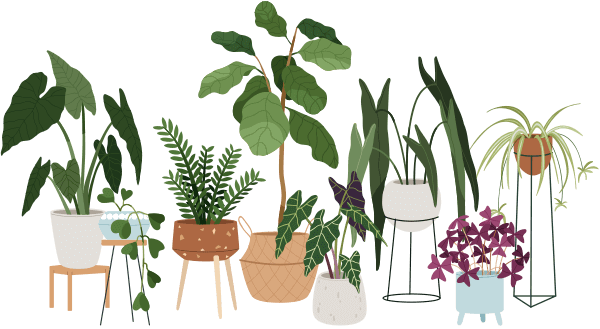Have you ever stood in front of your thirsty fern or lush pothos, potting mix and new container in hand, and wondered, _“Should I repot plants before or after watering?”_ If so, you’re not alone! This is one of the most common questions for new plant parents, and the answer can make a big difference in your plant’s transition to a new home.
Whether you’re in a studio apartment full of sunny windows or managing a cozy indoor jungle on your balcony, learning when and how to repot your leafy friends is key. Let’s dig in, myth-bust some common misunderstandings, and go step-by-step so your plants keep thriving—even if you’ve made mistakes in the past.
What Happens if You Repot Dry or Wet Plants?
Before you get out your gloves, let’s break down what actually happens if you repot plants before or after watering.
- Repotting dry plants: If the soil is very dry, roots can become brittle. When you remove the plant from its old pot, those fragile roots might break. This can stress your plant (we’ve all been there—don’t worry!).
- Repotting wet plants: When the soil is too soggy, it can turn into a sticky mess. Wet soil can cling to roots, making it tricky to loosen them. Plus, very wet roots can be weaker and more prone to damage, especially if you accidentally squash or squish them.
So, is there a perfect time? Yes! The sweet spot is to repot when the soil is lightly moist—not bone dry, not freshly watered and dripping.
Should You Water Plants Right Before Repotting?
One of the most helpful things you can do for your plant is to water it a day or two before you plan to repot. Here’s why:
Why Is Slightly Moist Soil Best?
When soil is slightly moist:
- Roots are flexible and less likely to snap.
- The plant slides out of the old pot more easily.
- You can gently tease apart tangled roots.
- Moisture helps reduce transplant shock—yes, plants get stressed too!
Avoid watering right before repotting. Very wet soil is heavy, messy, and can make the process more difficult.
# Quick Tip:
If you realize your plant is bone dry and it’s repotting day, go ahead and water it—but wait an hour or two, or even until the next day, before you start the repotting process.
Step-by-Step: The Best Way to Repot Plants Before or After Watering
Here’s a straightforward method that works for almost every indoor plant, perfect for apartment dwellers and beginners alike:
1. Check the soil: Stick your finger about an inch into the pot. If it feels dry, water lightly.
2. Wait a bit: Give the plant a few hours to a day to absorb moisture.
3. Gently remove the plant: Support the base and slide it out of the pot.
4. Loosen the roots: If roots are circling tightly, gently tease them apart with your fingers.
5. Prepare the new pot: Choose a pot with drainage holes and fresh soil.
6. Place the plant: Set it at the same height it was in the old pot.
7. Fill in with soil: Tuck new soil around the roots, pressing gently.
8. Water lightly: Add just enough water to settle the soil.
9. Give it some rest: Keep out of direct sun for a day or two—the plant needs to recover!
Myth-Busting: Do Plants Need a Big Drink After Repotting?
A common misconception is that you should drench plants with water right after repotting. In reality, a little moisture is all you need. Overwatering can make roots soggy and lead to rot. Light watering helps the soil settle around the roots, especially if you repotted plants before or after watering at the right time.
What If I Made a Mistake?
Maybe you repotted your plant when it was super dry, or the soil was too wet—don’t worry! Most houseplants are surprisingly forgiving. Just watch for droopy leaves or yellowing, and adjust your care. Plants want to thrive, and with a little patience, you’ll both bounce back.
Summary: When to Repot Plants Before or After Watering
Here’s the big takeaway: Always aim to repot plants when the soil is slightly moist—a day or so after watering, but not sopping wet. This helps protect roots and reduce stress. Skip the urge to water heavily right after; just a gentle drink is enough.
Whether you’re repotting plants before or after watering, remember that learning is part of the journey. Your plants don’t expect perfection, just some thoughtful care—and soon, you’ll see them thriving in their new home!


